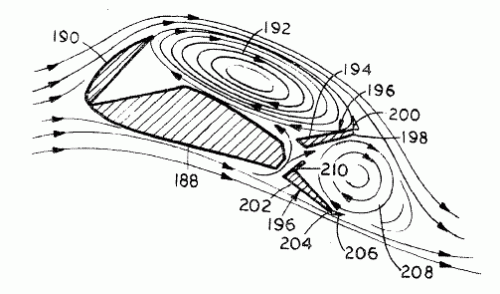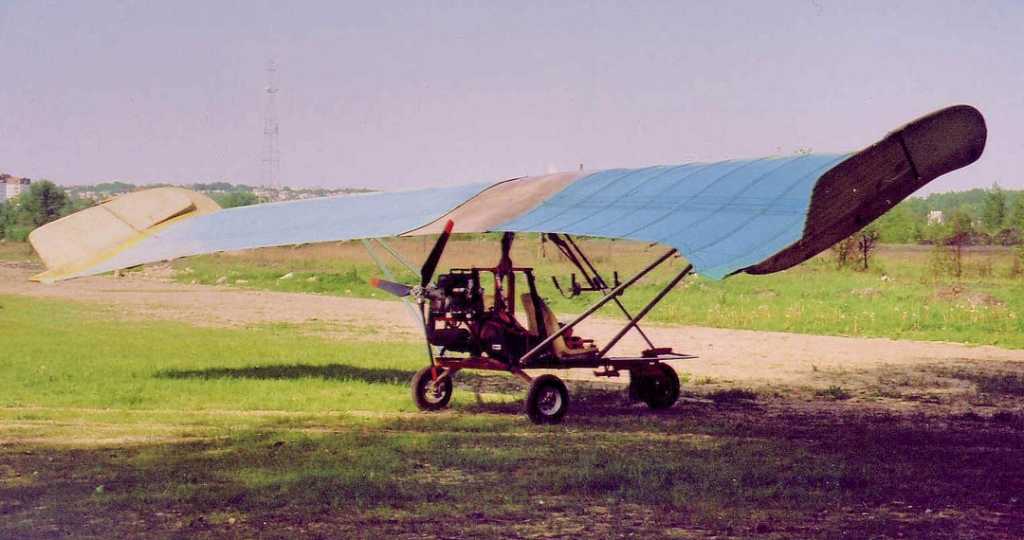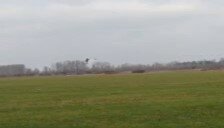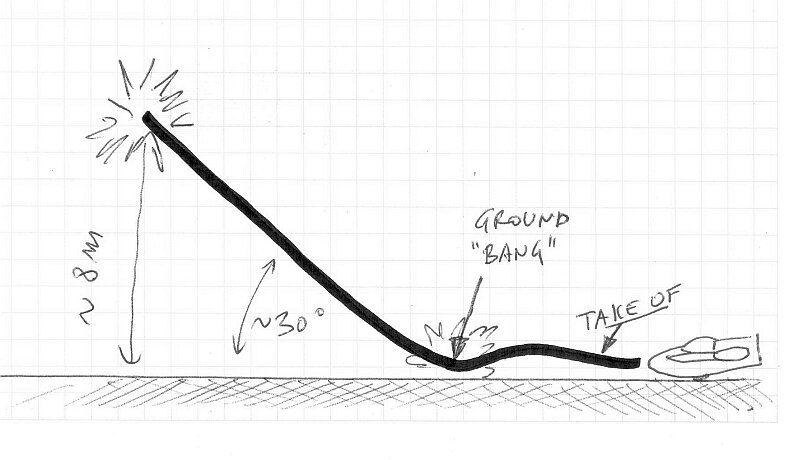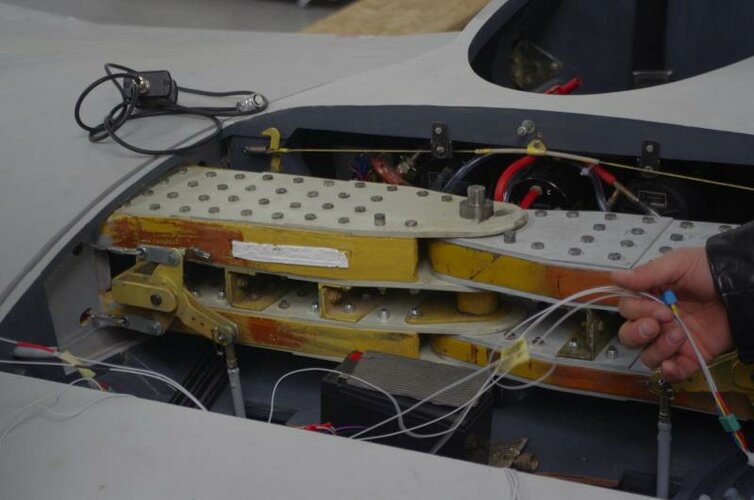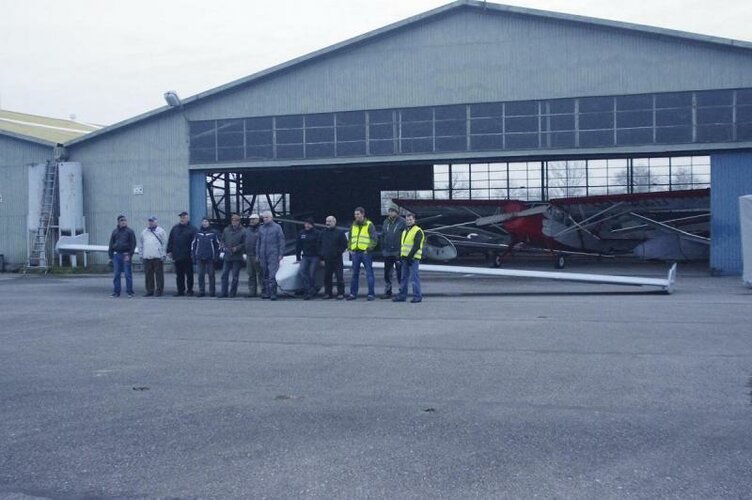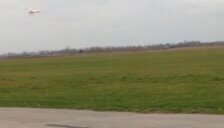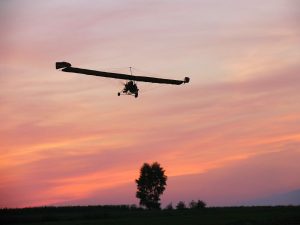One of Kasper's claims was that a lift coefficient of 25 is possible.
-do You know Kaspers book "The KASPER WING" ?
The Kasper wing by Witold A. Kasper, 1978, Meheen Corp. edition, in English

openlibrary.org
(Cl >25...)
Pragnę przypomnieć postać trochę już zapomnianą w Polsce, a mianowicie Witolda Kasprzyka. Próżno szukać jego nazwiska w polskich encyklopediach...

lotnie.pl
-another VORTEX fenomenon=wing DRAG decreasing...!
dr E.Sorokodum=
PDF | On Jan 1, 2013, Evgeny Sorokodum published The innovative transport | Find, read and cite all the research you need on ResearchGate

www.researchgate.net
=SECTION 3=
In 1893 Zhukovsky theoretically opened the effect: at the
wave flow of fixed wing profile, the latter will get the thrust due to
this wave flow.
Later, a similar effect is found Knoller and Betz
This effect could allow, still beginning of the last century,
create aerial vehicles a completely new type, - with very low
drag, economical and more.
But this does not happen until today!
This fact indicates a low level of scientists and
designers in modern aviation and the fact that in modern
civilization much is not well and it will be very difficult to
overcome the many global crises.
3. The annihilation of the aerodynamic resistance of the hull using effect Zhukovsky-Knoller-Betz (KNOW HOW)

